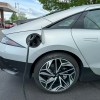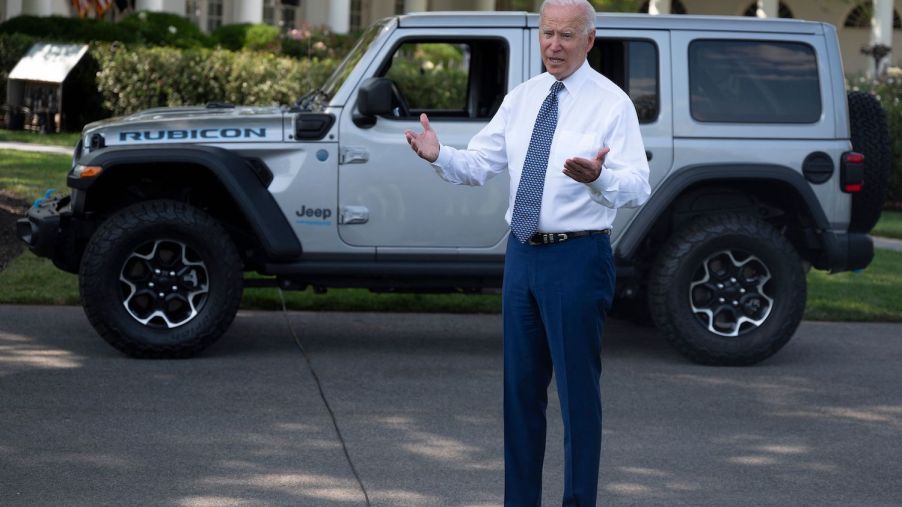
Here’s An Alternative To The Combustion Ban
The auto industry is changing fast: 20 countries and 12 U.S. states have proposed future bans on new combustion vehicles. But many of these bans won’t go into effect for decades; environmental advocates claim this is too long to wait. Others feel banning internal combustion leaves folks who can’t afford a brand new EV, and folks who must drive long distances, up a creek without a paddle. But there may be a simple alternative.
Are combustion engines going to be banned?
According to the International Energy Agency, twenty countries have suggested combustion bans going into effect anytime between 2030 and 2050. These include China, Japan, 10 members of the European Union, and the 12 U.S. states following California’s lead.
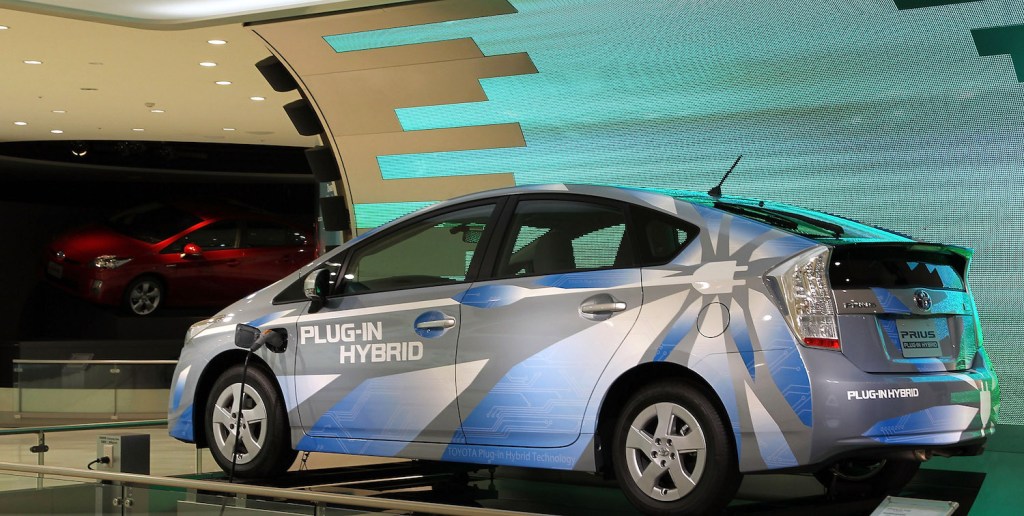
Proposing a 2050 ban is a great way to drum up publicity without having to take real action. Few politicians currently holding offices will have to deal with enforcing or reversing these bans. For this reason, these laws may change as their effective date draws near. Italy’s already lobbying to create supercar loopholes in the proposed E.U. ban.
Environmentalists point out that if automakers continue building traditional internal combustion cars until a 2035 or 2040 ban, that will create millions of additional petroleum burners on the road. And even if these cars fall out of favor in the developed world, someone will buy used internal combustion cars and continue to drive them for decades.
Proposing, or even passing, a combustion ban that won’t go into effect for decades is a mostly political move with little real-world benefit.
Are hybrid plug ins worth it?
According to the AAA, the average American drives 29.2 miles a day, split into two trips. If this average driver owned a plug-in hybrid, they would only need to burn gasoline on the occasional long road trip.
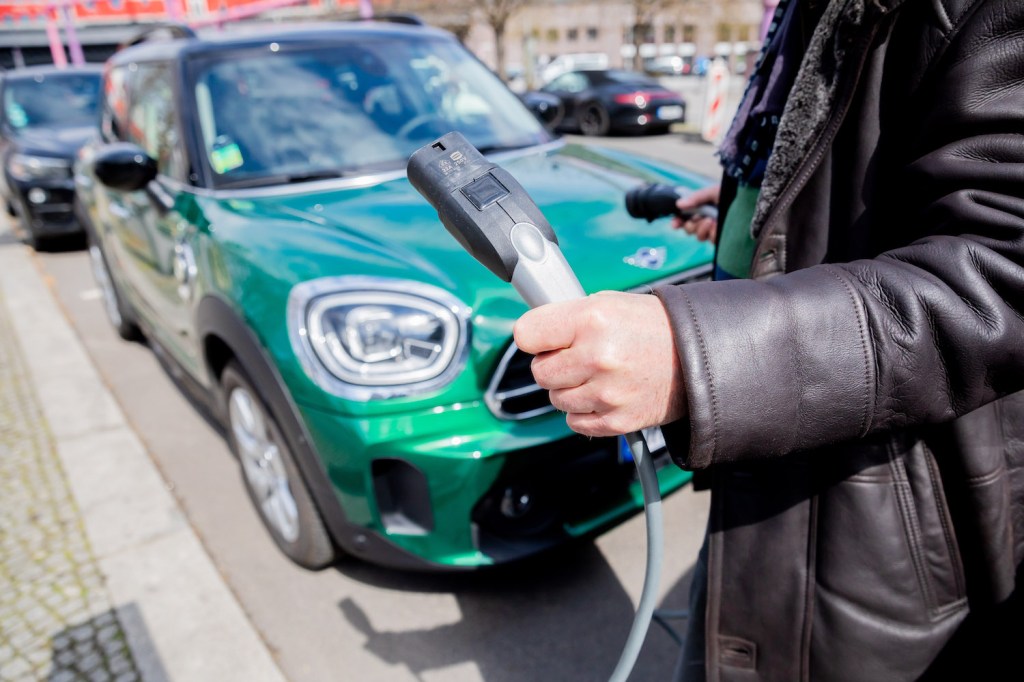
If lawmakers required every new car have at least a 30-mile electric-only range, within three to five years, they would create real change without leaving anyone behind. Under this law, every new car would be an EV, an EV with a combustion-powered range-extender, or an internal combustion-based plug-in hybrid.
How would this plug-in hybrid requirement even work? Simply put, no new light-duty vehicle could be sold or registered without an EPA-measured 30 miles of all-electric range. Almost every automaker has this technology currently available, and they would have to include it in every new vehicle.
Would a plug-in hybrid requirement work?
Requiring every new vehicle be a plug-in hybrid accomplishes several things: It makes the vast majority of trips in a new car emissions-free. It also keeps the cost of new vehicles lower than the cost of current EVs. Finally, it guarantees drivers can make long trips whenever needed.
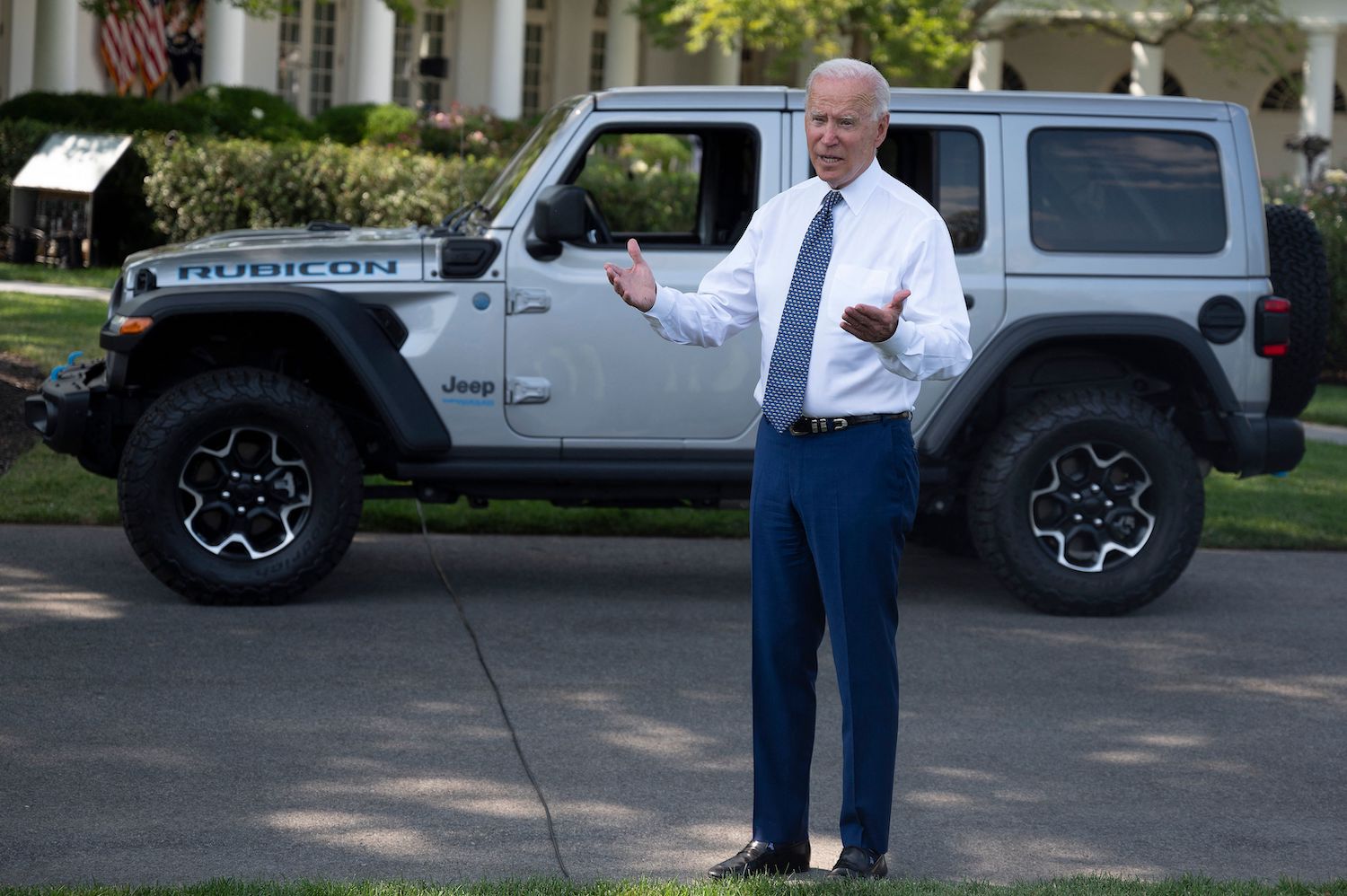
Companies such as Toyota and Ford have begun sandwiching powerful electric motors between the gasoline engine and transmission of their pickup trucks. With a sufficient battery pack, any vehicle could have 30 miles of plug-in hybrid range.
If regulators set a standard size and shape of new plug-in hybrid vehicle battery compartments, owners could upgrade their range when battery technology improves. With solid-state battery swaps, this next generation of plug-in hybrids could someday become full EVs. This would solve the problem of heavily-polluting used cars.
A near-future plug-in hybrid requirement would be real change, not a political ploy. As importantly, it wouldn’t leave behind the drivers who can’t afford current EVs or live with current EV ranges.


